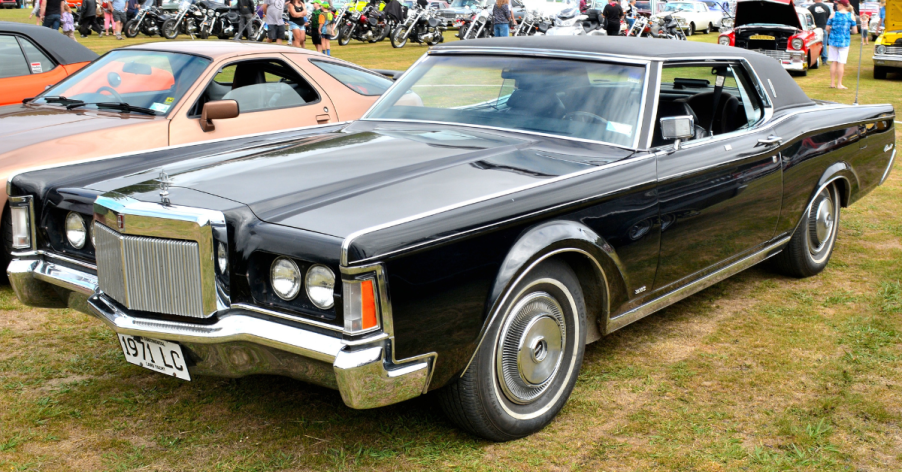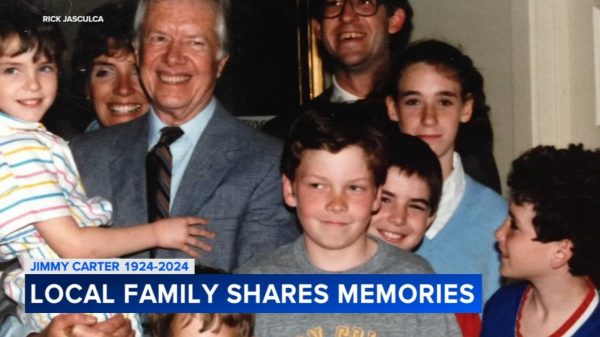
The “Jaws” of the open road—that’s what some people call the 1977’s “The Car.” The tale of this sinister car was marked by its eerie design and the dramatic on-screen stunts. It was specifically engineered to spark fear, but today, it remains forgotten. Here’s the whole story. Conception Of A Cinematic Menace Every iconic prop …

The “Jaws” of the open road—that’s what some people call the 1977’s “The Car.” The tale of this sinister car was marked by its eerie design and the dramatic on-screen stunts. It was specifically engineered to spark fear, but today, it remains forgotten. Here’s the whole story.
Conception Of A Cinematic Menace

Every iconic prop starts with a bold vision. In the mid-1970s, “The Car” was born from a unique premise: A demonic automobile terrorizing a quiet desert town. Producers sought a vehicle that could exude menace while maintaining functionality for stunts. The concept was simple yet chilling.
Designing The Demon On Wheels

George Barris, a master in his field and the creator of the legendary Batmobile, turned a 1971 Lincoln Continental Mark III into an evil masterpiece. The car’s aggressive grille and lowered roofline amplified its ominous aura. The sleek, glossy black finish also seemed to absorb light.
The Car’s Features

Modifications were more than cosmetic. The vehicle’s fenders were flared, and the roofline was chopped by three inches to enhance its predatory stance. Its 7.5-liter V8 engine swooped at 365 horsepower. Also, stunt cars included reinforced steel for durability, while others featured hidden control systems for remote operation.
The Unique Window Design

Weighing in at a massive 5,500 lbs, this beast stretched 18 feet long and was just over 9 feet wide. Barris opted for two massive 7-inch headlights on either side of the grill. Even the windows were painted in a way that kept the inside completely hidden from view.
Stunts

This was a game-changer when stunt drivers were involved in scenes. No need to worry about the stuntmen—they were well-protected with metal roll cages and harnesses. However, the stunt cars didn’t get the same treatment. Many were either wrecked during filming or tossed aside once the scene was done.
Life On Set

Multiple versions of the car were used for action scenes: one for close-ups, another for high-speed chases, and specialized models for stunts. Remote-controlled systems allowed scenes where the car appeared driverless. These technical feats ensured the car moved like a malevolent force, perfectly matching the film’s eerie tone.
Movie’s Role In Cult Cinema History

Released in 1977, “The Car” gained modest box-office success but earned a dedicated cult following over time. One of the reasons for the low numbers is that “Star Wars” was released around that same time. Although not for long, “The Car” was praised for merging horror with developing technologies.
The Car’s Whereabouts After The Spotlight

Once filming wrapped, the hero car became a collector’s treasure. The primary vehicle was preserved and later displayed at car shows. Meanwhile, stunt models were scrapped, their parts lost to time. Today, the original car resides in a private collection somewhere in New York (but we can’t be sure).
Legacy And Modern Tributes

The car’s legacy endures through fan tributes and replicas. Skilled builders recreate the iconic vehicle for car shows, and these modern tributes keep the spirit of “The Car” alive. There’s also a George Barris “The Car” 1/18 Scale Die Cast Replica that was once available at Target.
The Car’s Influence On Automotive Design

Its aggressive design inspired discussions in car enthusiast circles about blending form with emotion. Custom builders explored similar aesthetics, incorporating bold, ominous elements into their designs. Though not directly influencing mainstream automotive trends, the film highlighted how cars could evoke personality and even fear.

















































